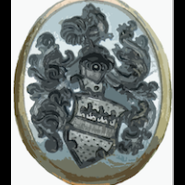Submerged Secrets: Could Japan’s Yonaguni Monument Rewrite Human History?
-
Recently Browsing 0 members
- No registered users viewing this page.
Announcements
-
Topics
-
-
Popular Contributors
-
-
Latest posts...
-
5
Lazada returns again!
It has all become pure annoyance, last week I was able to return another product to Lazada that did not match the description, refused on 2 occasions, eventually paid back down that stupid wallet. Placed another order yesterday thinking of using the wallet for that. But that just doesn't work, first a copy of your passport, then face recognition via your mobile, and then you think, it's done...forget it, another 24-hour wait for verification. Terrible annoyance. -
6
Crime Myanmar Woman Arrested for Running Illegal Language School
bad language meaning: swear words Hope this helps. -
338
Blast from the Past - 60's, 70's, 80's,90's Music (2025)
A Hard Rains Gonna Fall {Live at Town Hall 1963} -
11
Thai - Cambodia Conflict Dutch Man, Thai Wife Confront Ambassador Over Cambodia Attacks
Another arrogant dutchman does he think he's the only one affected by the conflict ?? If he doen't like it he can go back to where he came from.!!!- 1
-

-
24
Finally have a retirement date, what now?
Indeed. If it were not for the rubbish insurance policy many may/would opt for option you outlined. -
8,031
-
-
Popular in The Pub









Recommended Posts
Create an account or sign in to comment
You need to be a member in order to leave a comment
Create an account
Sign up for a new account in our community. It's easy!
Register a new accountSign in
Already have an account? Sign in here.
Sign In Now